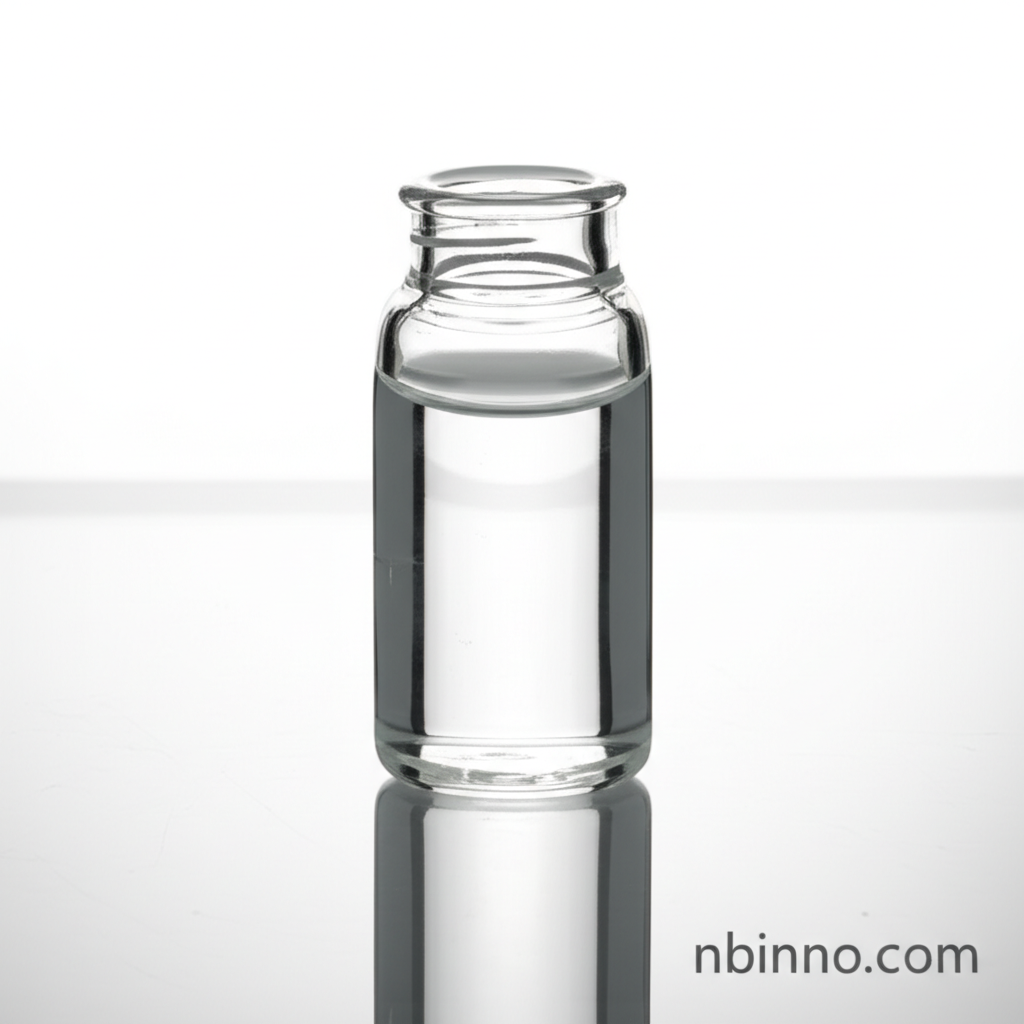Understanding 1,2-Dichloro-1,1-difluoroethane (CAS 1649-08-7): Properties, Applications, and Safety
Explore the essential details of 1,2-Dichloro-1,1-difluoroethane, a compound with significant environmental considerations and a history in industrial applications. Learn about its chemical properties and safe handling.
Get a Quote & SampleProduct Core Value

1,2-Dichloro-1,1-difluoroethane
As a prominent supplier in China, we offer 1,2-Dichloro-1,1-difluoroethane (CAS 1649-08-7), a chemical compound with a distinct set of properties. This material, also known by its HCFC designation, has been recognized for its past applications and its impact on the environment. Understanding the 1,2-Dichloro-1,1-difluoroethane CAS 1649-08-7 is crucial for industrial use and regulatory compliance.
- Key Properties: This compound has a boiling point of 46-47°C and a density of 1.416 g/cm³, making it a liquid at room temperature. Its refractive index is 1.3619, providing important characteristics for its identification and use in various chemical processes.
- Environmental Classification: Designated as an ozone-depleting substance, its use and production are subject to international regulations due to its environmental impact.
- Chemical Identification: With the molecular formula C2H2Cl2F2 and a molecular weight of 134.94, this chemical is classified under HCFC-132b.
- Safety Considerations: While generally stable, it can react with strong reducing agents and emits toxic fumes when decomposed. Proper handling and storage are essential for safe use.
Key Advantages in Understanding
Comprehensive Data Provision
We provide detailed information on 1,2-Dichloro-1,1-difluoroethane CAS 1649-08-7, essential for anyone researching HCFC-132b properties and its environmental significance.
Regulatory Awareness
Our information highlights its status as an ozone-depleting substance, aiding users in navigating the complexities of using or sourcing such chemicals responsibly.
Chemical Purity Standards
We ensure a purity of 95%min for our product, a critical factor for its application in chemical synthesis or research requiring high-grade materials.
Key Applications
Refrigerant Use
Historically used as a refrigerant, understanding the thermal conductivity properties is key for evaluating its past industrial roles.
Chemical Synthesis
As a difluoroethane compound, it can serve as a building block or intermediate in specialized organic synthesis processes.
Research and Development
Its unique chemical structure makes it a subject of study in research exploring halogenated hydrocarbons and their behaviors.
Environmental Impact Studies
Given its classification as an ozone-depleting substance, it is relevant for studies on atmospheric chemistry and environmental protection.
